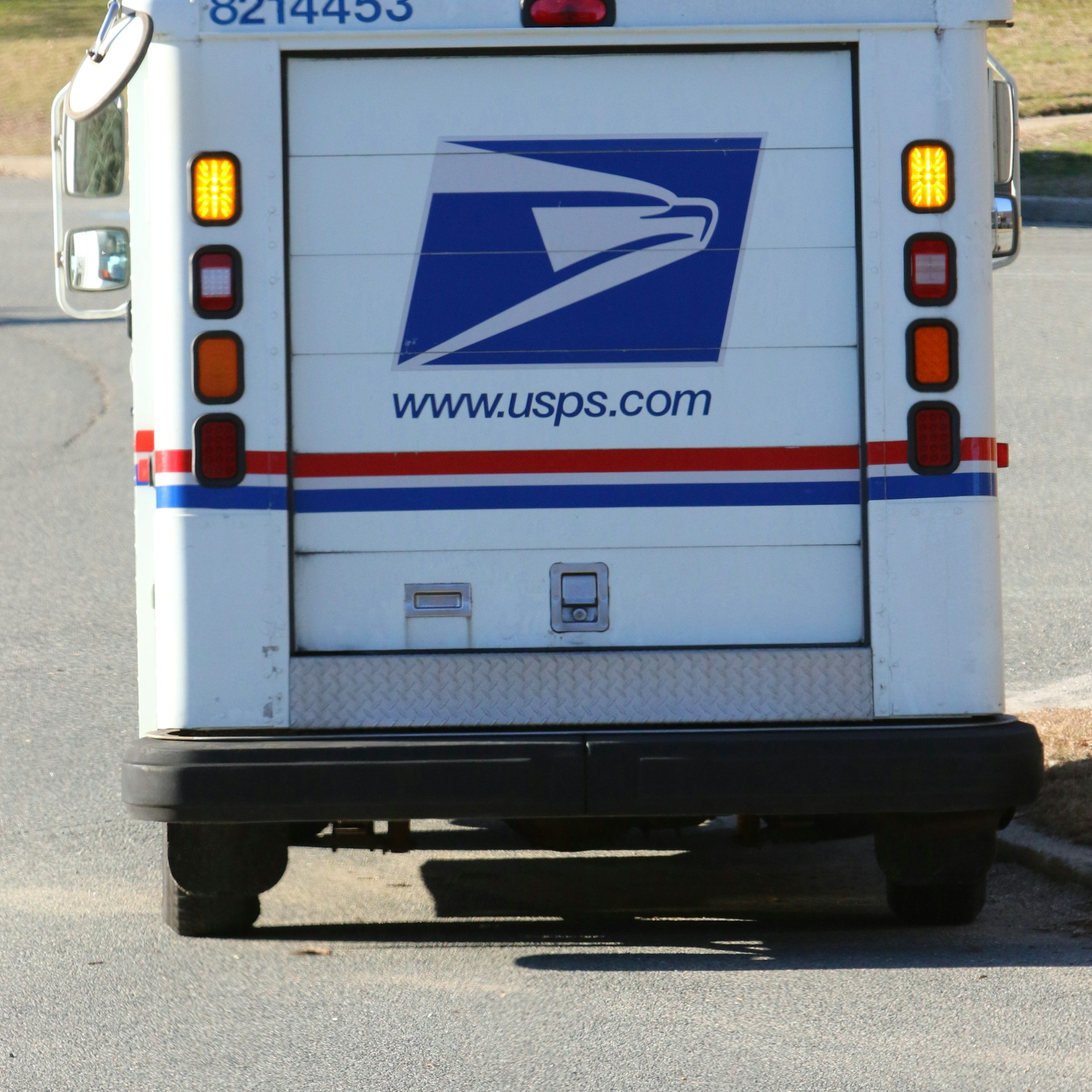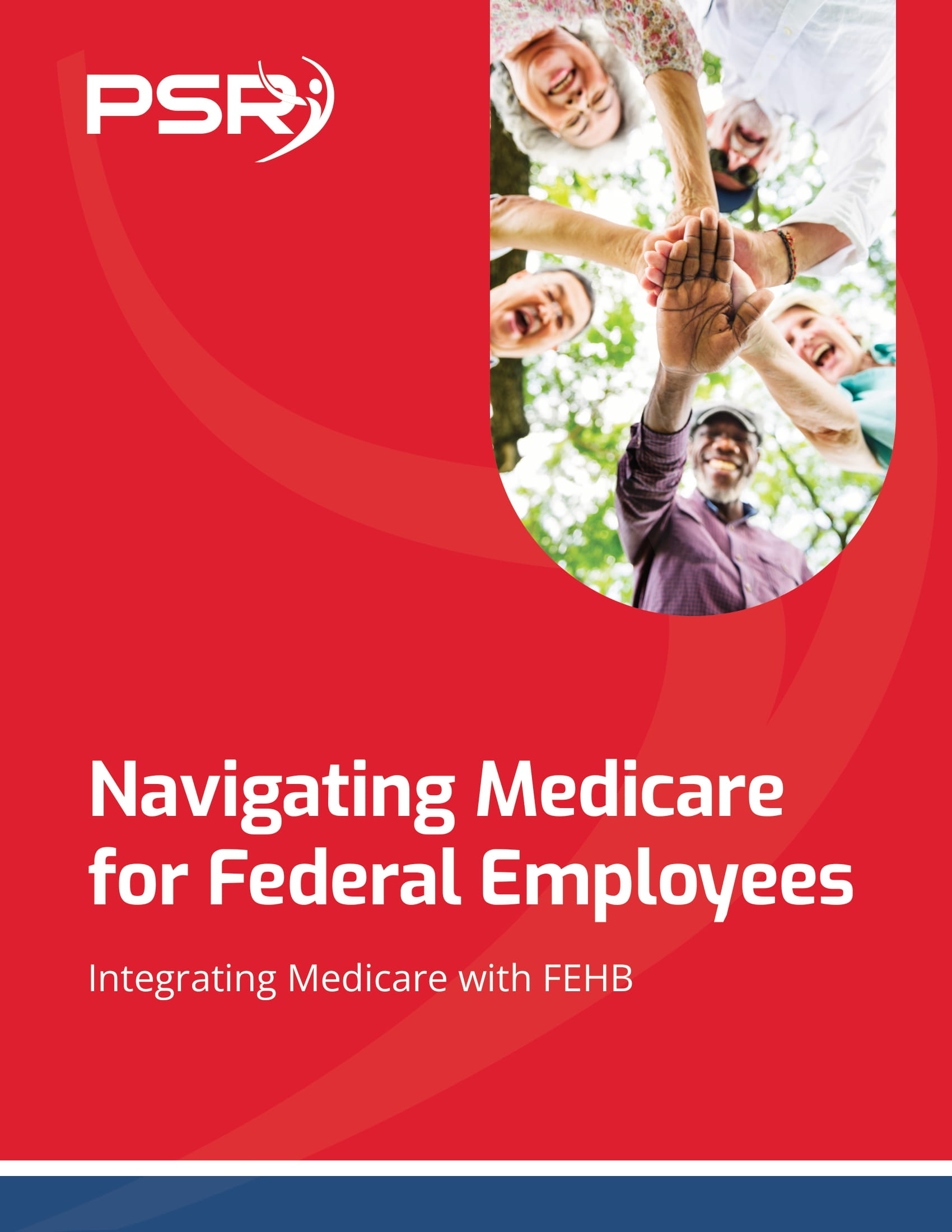Key Takeaways
- The Postal Service Health Benefits (PSHB) program is replacing FEHB for USPS employees and retirees starting January 1, 2025, bringing significant changes to coverage options and requirements.
- Understanding how PSHB interacts with Medicare and what steps you need to take during Open Season is essential to maintain your benefits.
A New Chapter for Postal Health Benefits
The U.S. Postal Service Health Benefits (PSHB) program is not just a new name—it’s a big shift in how health coverage
- Also Read: FAA, Law Enforcement, and Special Federal Employee Categories—Here’s What Makes Their Retirement Unique
- Also Read: Blending Private and Public Sector Retirement Plans Is Complicated—Here’s Where Couples Get It Wrong
- Also Read: The Silent Shift in Postal Service Retirement Benefits That Could Change Everything by 2026
What’s Changing?
Transition from FEHB to PSHB
For years, postal workers and retirees were part of the larger FEHB system, which covers millions of federal employees. Starting in 2025, PSHB will take over. This shift aims to provide plans tailored specifically for USPS employees and annuitants.
You might wonder why this change is happening. One main reason is to align with the Postal Service Reform Act of 2022. This law created PSHB to ensure sustainable healthcare options for postal employees and retirees while addressing USPS financial challenges.
Key Dates to Know
- 2024 Open Season: Runs from November 11 to December 9, 2024. This is your opportunity to review and select a PSHB plan for 2025.
- January 1, 2025: Coverage under PSHB officially begins.
Missing these deadlines could lead to gaps in coverage or penalties, so mark your calendar!
What Stays the Same?
Despite the change in the program’s name and structure, much of the process will feel familiar. Just like under FEHB, you’ll have a variety of plans to choose from, and these plans will still cover medical, dental, and vision services.
Premiums, deductibles, and out-of-pocket costs will vary based on the plan you select. While these costs are generally competitive, the exact figures depend on the type of plan and coverage level you need.
Medicare and PSHB: How They Work Together
Who Needs Medicare Part B?
One of the biggest changes involves Medicare enrollment. If you’re a Medicare-eligible postal retiree or family member, you’ll likely need to enroll in Medicare Part B to maintain your PSHB coverage. This requirement starts for anyone retiring after January 1, 2025, but those who retired earlier are generally exempt.
Why the Change?
Requiring Medicare Part B enrollment ensures PSHB can keep premiums manageable for all enrollees. With Medicare picking up a significant share of costs, PSHB plans can focus on supplemental coverage.
Important Medicare Deadlines
- Initial Enrollment Period (IEP): This seven-month window surrounds your 65th birthday. If you’re nearing this milestone, make sure to sign up for Part B during this time to avoid late penalties.
- Special Enrollment Period (SEP): If you’re retiring and losing employer-sponsored coverage, you might qualify for this period to enroll in Medicare without penalties.
What You Need to Do During Open Season
Review Your Options
PSHB offers a range of plans, so it’s important to take time during Open Season to compare them. Think about your healthcare needs:
- Do you see specialists frequently?
- Are prescriptions a big part of your monthly expenses?
- Do you need coverage for dependents?
Check Automatic Enrollment
If you’re already enrolled in FEHB, you’ll be automatically transferred to a corresponding PSHB plan. While this sounds convenient, it’s still worth reviewing your new plan to ensure it meets your needs.
How Does This Affect Retirees?
If you’re a retiree, the PSHB transition might feel like a significant change, especially if you’re on a fixed income. Here’s what you should focus on:
Costs and Coverage
Understanding premiums, deductibles, and co-pays is crucial. Retirees often pair their health coverage with Medicare for reduced overall expenses, but ensure you’re aware of how the costs stack up.
Medicare Coordination
Retirees already enrolled in Medicare Part B will experience smoother coordination with PSHB. However, if you haven’t enrolled yet and are required to, this could be an additional cost to budget for.
Dependents’ Coverage
Your spouse or other eligible dependents can remain covered under PSHB, but they’ll need to meet specific eligibility requirements. Make sure to review these details during Open Season.
Advantages of the New PSHB Program
The switch to PSHB offers several potential benefits:
- Tailored Plans: Designed specifically for USPS employees and retirees, the plans cater to unique healthcare needs.
- Cost Efficiency: Coordination with Medicare helps keep costs lower for enrollees.
- Long-Term Stability: The program is designed to be financially sustainable, ensuring reliable coverage for years to come.
Potential Challenges to Keep in Mind
Navigating New Rules
Switching to PSHB means understanding new rules and requirements, especially regarding Medicare enrollment. Missing deadlines could lead to penalties or loss of coverage.
Limited Exceptions
Certain retirees and dependents may be exempt from Medicare Part B enrollment, but these exceptions are narrow. It’s important to confirm your status early to avoid surprises.
Finding the Right Plan
With new options available, it can be overwhelming to decide which plan suits your needs best. Take advantage of resources like plan comparisons and customer service hotlines during Open Season.
Tips for a Smooth Transition
Start Early
Don’t wait until the last minute to review your options. Start exploring PSHB plans as soon as information becomes available.
Ask Questions
If you’re unsure about how PSHB or Medicare integration works, reach out to USPS or your local HR office for guidance.
Stay Organized
Keep track of important documents, including Medicare enrollment confirmations, PSHB plan details, and Open Season deadlines.
Consider Your Long-Term Needs
Think beyond the immediate transition. Choose a plan that will serve you well as your healthcare needs evolve.
A Fresh Start for USPS Health Benefits
The Postal Service Health Benefits program marks a significant shift, but it’s also an opportunity for USPS employees and retirees to enjoy healthcare options tailored to their unique needs. Whether you’re navigating Medicare enrollment, comparing plan options, or simply trying to understand what’s changing, the key is to stay informed and proactive.
Remember, this transition isn’t just about adapting to a new program—it’s about securing your healthcare future. Take the time to explore your options and make the best choice for you and your family.












